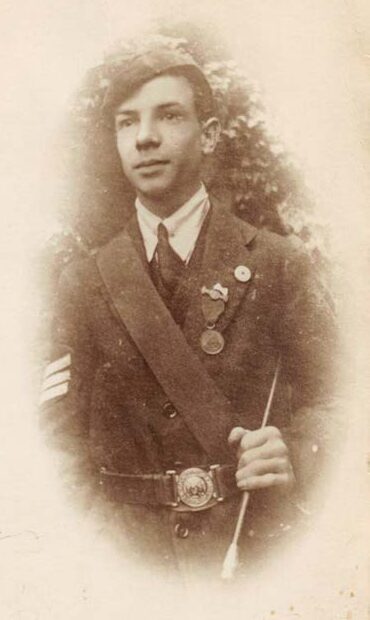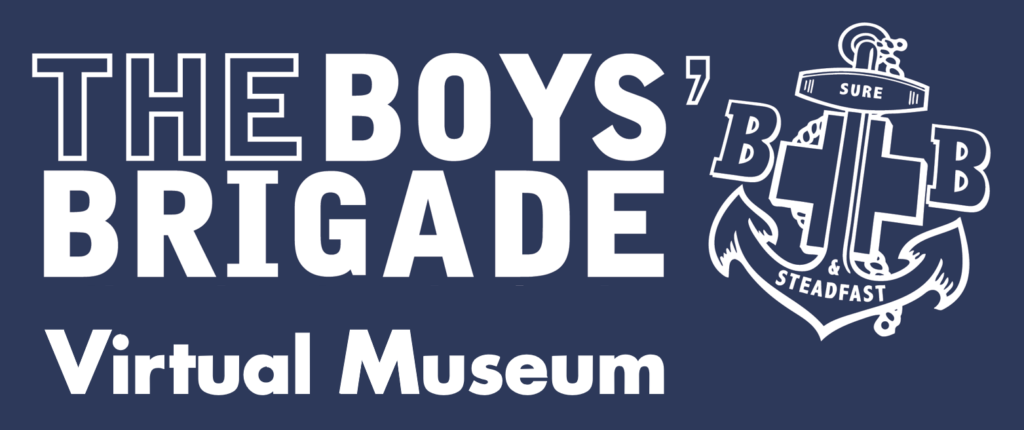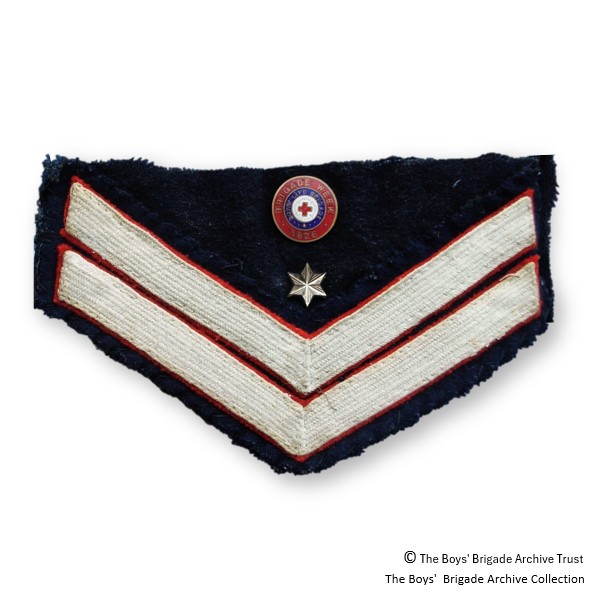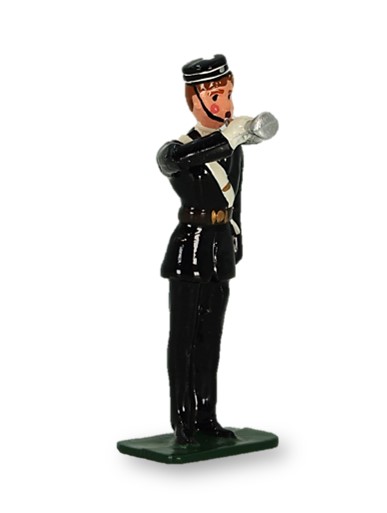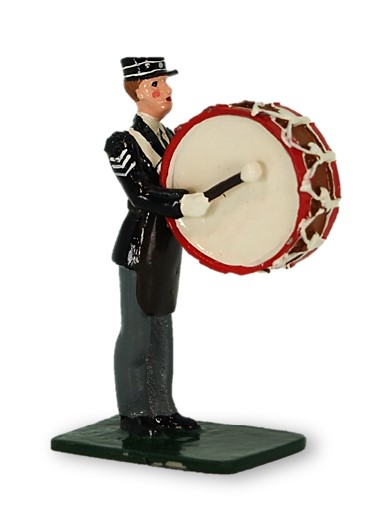Boys’ Life Brigade Service Awards
The Boys’ Life Brigade service awards were introduced in March 1910, a gold colour medal with BLB crest and red ribbon awarded for three years good service, and a tiny silver star awarded for each of the first two years. These could be awarded to boys who fulfilled the requirements of the Good Service certificates which had been in use for just over a year. The Life Brigade Chronicle of March 1910 records: Boys entitled to the Good Service Certificate, shall be entitled to wear a star affixed to a special armlet (to be worn on the right arm, above the elbow): if an NCO, the star shall be worn in the V of the chevron. It is proposed that the star shall be similar to that placed in the D.P cap of a Captain. A second year’s good service shall be indicated by another star. Not more than two stars shall be worn, as three year’s good service is indicated by the present Good Service Medal. When applying for the medal, the two stars are to be returned to Headquarters, as a boy may not wear both medal and stars.
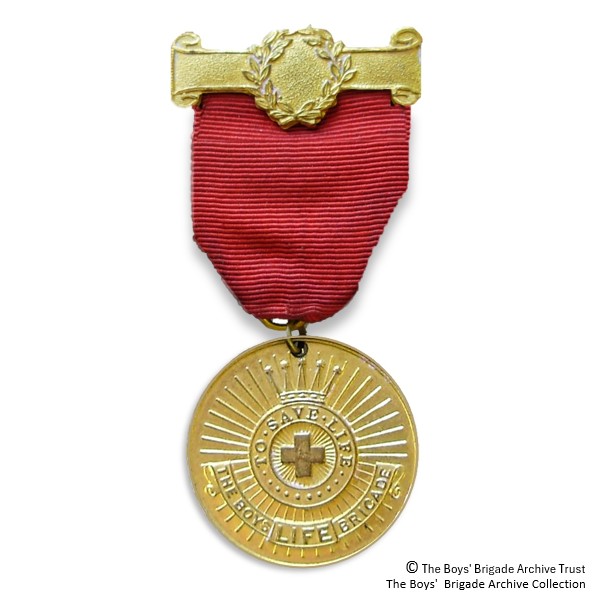
The use of the stars and medals continued through until the union with The Boys’ Brigade in 1926, and boys handbook ‘STRIPS and BADGES and HOW TO WIN THEM’ published in June 1919 detailed the requirements for the awards as follows: Headquarters issue a Good Service Certificate to be awarded to boys who have given general satisfaction as regards conduct and attention to work, and have made 95 percent, of possible attendances at all meetings. Three of these certificates entitle the holder to the Service Medal. Boys entitled to the Good Service Certificate are entitled to wear a star (to be worn at the top of the right arm). A second year’s good service is indicated by another star. Not more than two stars may be worn, as three years’ good service is indicated by the Good Service Medal.
Applications for Good Service Certificates and Stars had to be submitted to the BLB Headquarters in London, and be accompanied by the names of the boys, their attendances for the full year at all the meetings, and the highest possible number of attendances. Bars were available at a cost of 6d each, and could be awarded for each additional year of good service.
